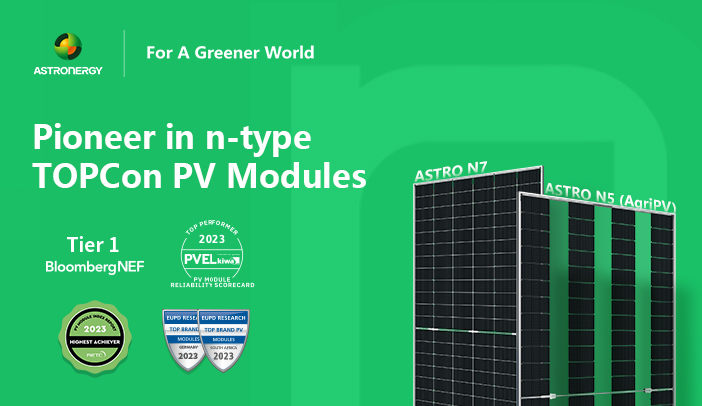- The 12.25MW EL Rayador Solar Park and 12.25MW Las Taguas Solar Park in Chile were connected to the grid successively in September and October.
- Astronergy‘s high quality and high performing TOPCon solar panels were the preferred choice for the two projects.
Developed by PFV, a company that specializes in the development, construction and operation of a photovoltaic project, these two projects added over 150 job opportunities during construction, operation and closure processes utilising a total of 40,176 pieces of Astronergy‘s ASTRO N5 78-cell n-type TOPCon modules products of high efficiency and high power.
Related news: Astronergy’s TOPCon ASTRO N comes out tops in pv magazine solar panel test
In the first four months of these projects’ operation, over 3,623 tons of carbon dioxide emissions were reduced and acted for cleaner environments. With the expectations of 44.66GWh yearly generated electricity, these two projects will continuously benefit the region in the next 30 years with greener energy, cleaner environments and added job opportunities related to solar park maintenance.
Author: Bryan Groenendaal
















